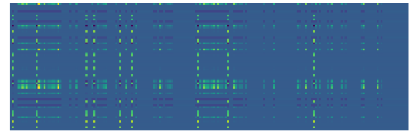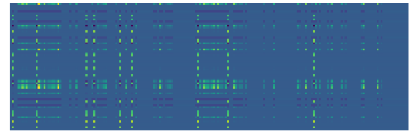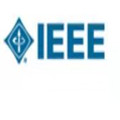As the field of machine learning for combinatorial optimization advances, traditional problems are resurfaced and readdressed through this new perspective. The overwhelming majority of the literature focuses on small graph problems, while several real-world problems are devoted to large graphs. Here, we focus on two such problems that are related: influence estimation, a \#P-hard counting problem, and influence maximization, an NP-hard problem. We develop GLIE, a Graph Neural Network (GNN) that inherently parameterizes an upper bound of influence estimation and train it on small simulated graphs. Experiments show that GLIE can provide accurate predictions faster than the alternatives for graphs 10 times larger than the train set. More importantly, it can be used on arbitrary large graphs for influence maximization, as the predictions can rank effectively seed sets even when the accuracy deteriorates. To showcase this, we propose a version of a standard Influence Maximization (IM) algorithm where we substitute traditional influence estimation with the predictions of GLIE.We also transfer GLIE into a reinforcement learning model that learns how to choose seeds to maximize influence sequentially using GLIE's hidden representations and predictions. The final results show that the proposed methods surpasses a previous GNN-RL approach and perform on par with a state-of-the-art IM algorithm.
翻译:作为集成优化进步的机器学习领域,传统问题重新浮现,并通过这个新视角重新解决。绝大多数文献侧重于小图表问题,而几个现实世界问题则专注于大图表。在这里,我们侧重于两个相关问题:影响估计,一个 ⁇ P-硬计问题,以及影响最大化,一个NP-硬问题。我们开发了GLIE,一个图神经网络(GNN),它固有的参数是影响估计的上限,并将其用小模拟图进行训练。实验显示,GLIE能够提供比小图10倍以上的替代图的准确预测速度更快。更重要的是,它可用于任意的大图,以影响最大化,因为即使精确度恶化,预测也能有效地排列种子组。为了展示这一点,我们提出了一个标准的影响最大化算法的版本,我们用GLIE的预测来取代传统影响估计,用小模拟图来培训它。我们还将GLIE转化为种子,以便用GLIE的隐藏的预测法显示GLIE最终结果。






